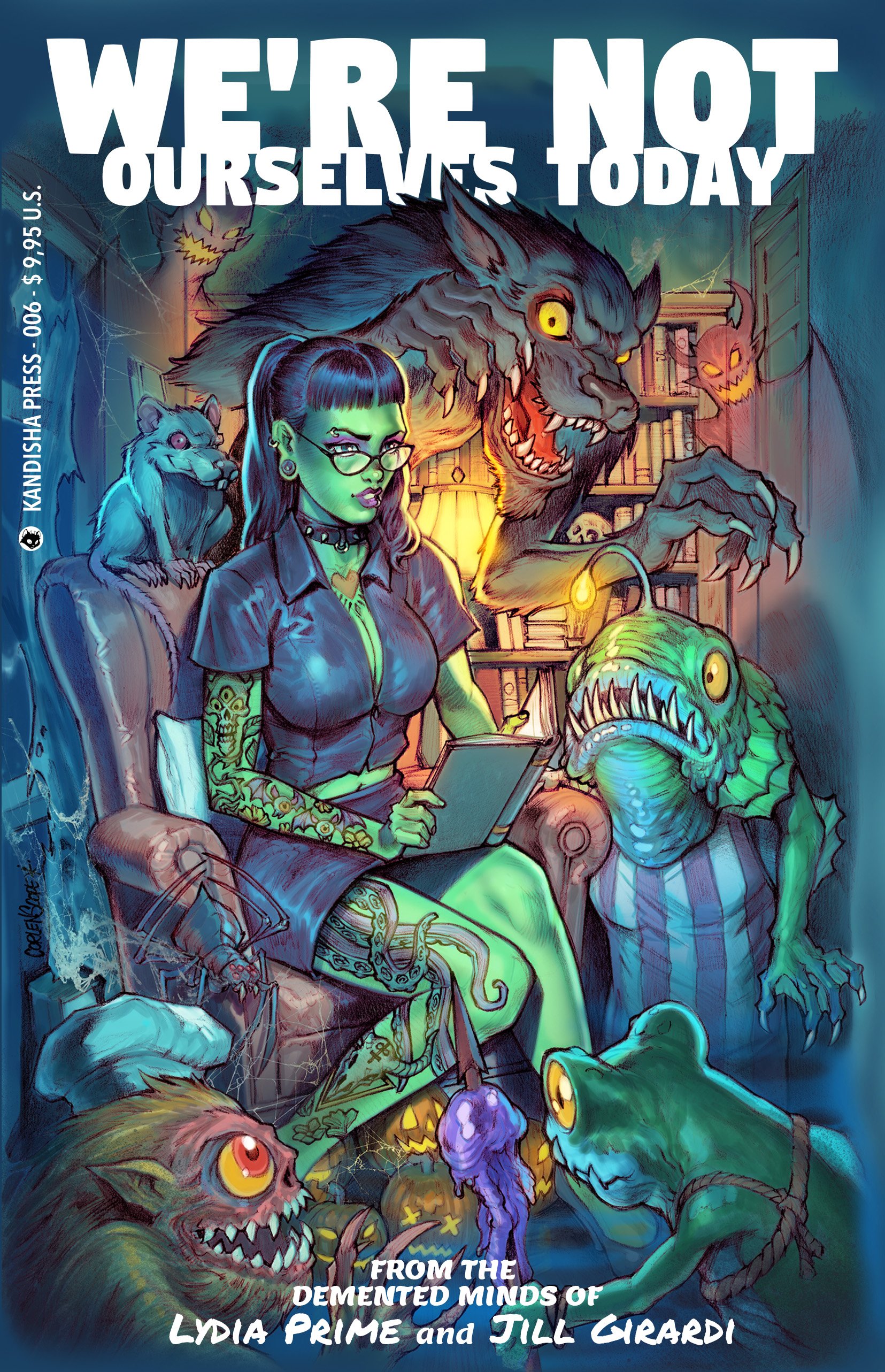BLOG
What is Pink Horror?
What is pink horror? Can men write it? Which books have I written that are pink horror? We look at these questions and discuss this important topic!
The Definition of Pink Horror:
It’s a new term for an old concept. Pink horror is all about uplifting women, femmes, and non-binary writers. It focuses on the real issues these communities face and contains characters, plots, and values with these individuals in mind. Also, there’s plenty of toppling the patriarchy!
Recently, an individuals reached out and asked if all pink horror includes non-binary individuals. I hadn’t even considered otherwise; to me, pink horror doesn’t exist without all non-binary writers; however, after further researched, I noticed some definitions excluding this group of authors.
While the idea of pink horror may be rooted in women and femmes, feminism is not. Intersectional feminism is broad, inclusive in all respects, and effects everyone (even those who deny the need for feminists). I consider pink horror feminist writing, so it makes sense to me that the inclusivity would be extended.
Also, pink horror doesn’t have to be just focused on the seriousness or tragedy of this community. It can be silly, funny, upbeat, and really, anything you can dream up, as long as it holds to the overall tenants of the pink horror definition, which really, is still evolving, so unleash your inner pink feminist and get creative!
Who are the Pink Horror Audiences?
Literally, anyone and everyone. While it’s certainly written for a certain audience, I highly encourage cis-hetero-white men to read and absorb the stories. These are the men at the top of the patriarchy, and it’s always important for this group to check themselves, their actions, and the actions of other men. A great way to understand the point-of-view outside the patriarchy is through storytelling. So, if you’re the leaders of the patriarchy, please pick up some pink horror and give it a read with an open mind!
Can Cis-Hetero-Men Write Pink Horror?
In general, I don’t like censoring what an author can and can’t write. I find the mindset of “this isn’t for you” exclusionary (even if it’s true). My idea of toppling the patriarchy means working with all communities, even those who have permanent seats at the proverbial table. That doesn’t mean everyone agrees with my opinion, and I completely understand that. Reading about a personal topic by someone who hasn’t lived it can be extremely frustrating to say the very least. So, back to the original question. I’d say every cis-hetero-man will have to decide that for himself; however, if his book takes the place of an equally qualified story written by a member of a marginalized community, the man should be prepared for backlash. While writing pink horror as a man and publishing it for free on a blog with no intention of progressing towards publication where they profit is one topic, being published and becoming a best seller and profiting while a marginalized writer is tossed into the slush pile is a different topic.
In a perfect world, in my mind, there would be room for all of us at the table. We have a long way to go for that.
How Are My Books Pink Horror?
BOOK REVIEW: We’re Not Ourselves Today : 13 Tales of Pulp Horror by Lydia Prime & Jill Girardi
REVIEW: We’re Not Ourselves Today 13 Tales of Pulp Horror
Lydia Prime & Jill Girardi
Prime and Girardi craft thirteen spine-tingling short stories certain to terrify and disturb. From garbage demons and werewolves to curses and delicious revenge, each tale weaves memorable monsters with high tension and horrific stakes. Some readers may gravitate a tad more toward Girardi’s haunting writing style while others may lean into Prime’s stomach-churning scenes, but overall, Prime and Girardi shine equally, sharing the spotlight with expert prose that invokes nightmares long after the final page.
Each story features a monster – whether human or otherwise. Familiar creatures such as werewolves are featured in multiple stories but with clever and refreshing twists to keep readers salivating. Other times, original monsters are born from the wickedly twisted imaginations of Prime and Girardi. Creativity oozes from the pages as does a decent about of blood and guts; however, inserted into the terror are occasion moments of absurdist levity such as in the opening story “The Letter” by Prime, who takes a gruesome premise of an expectant mother receiving a mysterious letter and pivots in a campy unexpected way. The creature in “The Roiling” by Jill Girardi also has a campy vibe undertone and would make an incredible onscreen villain, if ever adapted for television. In this piece, Frog People have taken over and Sherman Tan, a rather cowardly human protagonist, must figure out how to survive the new landscape.
The overall anthology feels like stepping into a wickedly intense 80s fright night marathon. Some of the content may be shocking for readers (child death, domestic abuse) as neither Prime nor Girardi hold back, but for those open to extreme horror with splashes of gore and tons of uniquely crafted monsters, this is a must read! Perfect for horror fans looking for creature features, women written horror, and nightmare fuel!







